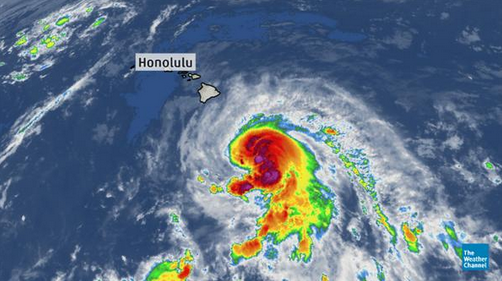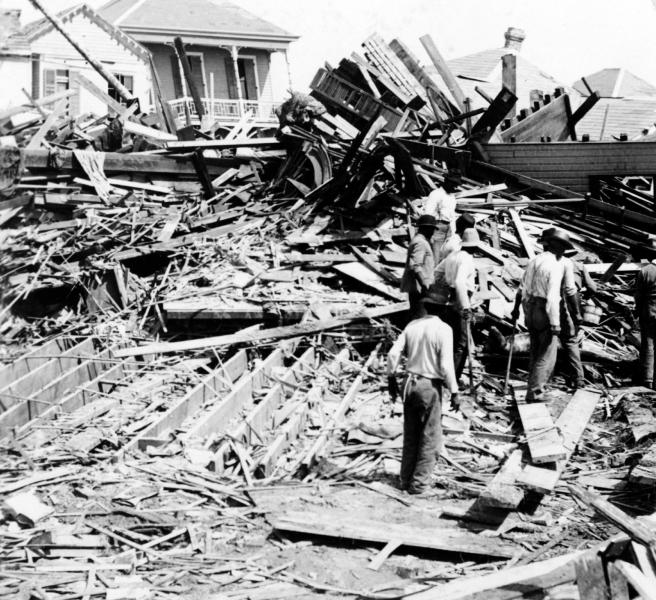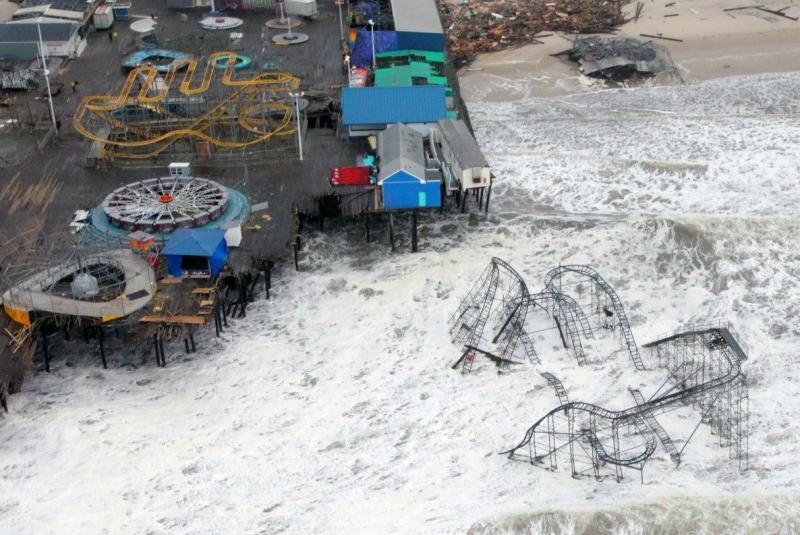Hurricane Ana Avoids Hawaii, Past Regions Not So Lucky

Honolulu Mayor Kirk Caldwell felt Hawaii “dodged a bullet” and intense preparation by homeowners and shelters in light of the tempest went, for the most part, under utilized. Fortunately there have been no reports of injuries, deaths or significant damage from the storm but Mother Nature has not always spared other regions from the disastrous effects of an unruly hurricane. Below is a look back at some of the most devastating storms United States’ history has witnessed.

Recognized as the deadliest hurricane in American history, the tropical cyclone came hurtling towards Galveston, Texas with wind speeds of 145 mph and wave heights of more than 20 feet. Deemed a Category 4 on the Saffir-Simpson Scale, a model used to rate the severity of a hurricane from 1-5, an estimated 8,000 to 12,000 perished in this turn of the century storm.
SEE ALSO: Hawaii Faces First Hurricane Hit In 22 Years
Hurricane Katrina:
While the direct impact from most hurricanes stems from wind speed, 2005’s Hurricane Katrina dealt a debilitating blow to the Atlantic Gulf coast because of storm surge, a tsunami-like water rise caused by low pressure water systems. This water breached levees and flood walls surrounding New Orleans and flooded nearly 80 percent of the Louisiana city.
More than 1,800 in Louisiana and Mississippi died in Katrina’s path and, it cost the U.S. an estimated $108 billion.
SEE ALSO: Top 10 Super Storms Since 2000
1935 Labor Day Hurricane:
This small but powerful hurricane strengthened from a Category 1 to a Category 5 at unprecedented speeds, catching the Florida Keys off guard with estimated wind speeds of 185 miles per hour. Of the more than 408 deaths caused by the Labor Day Hurricane, many were Word War I veterans working construction in the region.
Superstorm Sandy:

One of the most recent colossal hurricanes to hit the eastern seaboard, Superstorm Sandy ravaged through 24 states, hitting New Jersey and New York the hardest. The Jersey shore’s famously popular Seaside Heights Boardwalk collapsed and an estimated 650,000 were destroyed or damaged as a result of Sandy’s surges. The price tag for Superstorm Sandy reached $65 billion, the second-costliest hurricane in U.S. history.
SEE ALSO: Hurricane Sandy Threatens Early Voting In Swing States
Hurricane Andrew:
The most expensive hurricane to hit the U.S. at the time, 1992’s Hurricane Andrew started as a small tropical cycle in the Bahamas before it caused extensive damage to Florida and Louisiana. Almost 180,000 people lost their homes and the aftermath of Andrew witnessed a sharp increase in crime rates across south Miami as a result of looting from damaged residencies and shopping centers.
Hurricane Ike:
Galveston saw history repeat itself in 2008 when Hurricane Ike swept through the Texas Gulf Coast at 110 miles per hour. More than 140,000 residents failed to evacuate as Ike neared, and many survived by climbing to rooftops or trees and floated on debris until reaching solid ground. Ike’s impact on the economy was severe; damaged pipelines in the Gulf of Mexico destroyed 10 offshore oil rigs and 22 land-based oil refineries, contributing to the year’s increase in gas prices to $5 a gallon.
Reach Staff Reporter McKenna Aiello here, and follow her on Twitter @McKennAiello.



